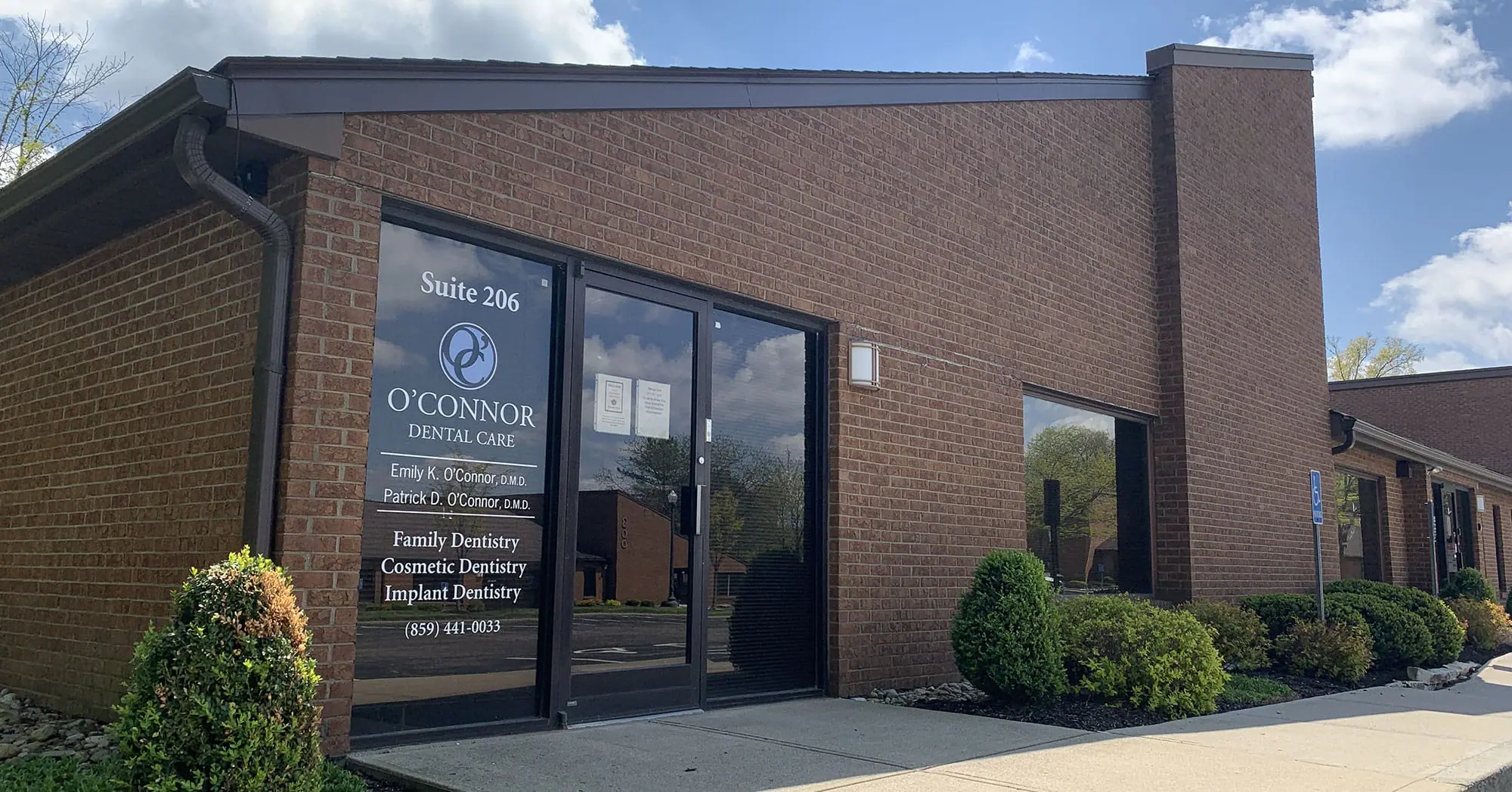What is dental bonding?
Dental bonding is a restorative procedure in which a durable tooth-colored resin is used to restore areas of damaged teeth, then hardened using a special light that bonds the material to the tooth.
What is dental bonding used for?
Dental bonding is a versatile material that Dr. Emily use for many purposes. It is used to fill cavities in place of conventional amalgam fillings for a more aesthetically pleasing appearance. It is also used in place of crowns to repair chipped, cracked, or broken teeth. Bonding may also be used to camouflage discolored teeth.
Bonding is also often used to fill in spaces between teeth, to make teeth appear longer, and/or to change the shape of a tooth or make it appear larger. In cases where the gums have receded and tooth roots are exposed, dental bonding may be applied to the root to protect it from sensitivity to hot and cold, while also protecting it from advanced decay.
While dental bonding provides a more affordable alternative to crowns, it is not as durable as a crown. Our dentists recommend dental bonding primarily for smaller repairs or restorations in areas where bite pressure is not intense.
How does dental bonding work?
Dental bonding is typically applied without the need for anesthesia, except in cases where drilling the tooth is necessary, either to fill a cavity, to change the shape of a tooth, or to repair damage that’s very close to a nerve. Our dentists will use a shade guide to match the composite resin as closely as possible to the color of your natural tooth enamel.
The procedure typically takes about 30 to 60 minutes per tooth to complete, as Dr. Emily work painstakingly to achieve the utmost precision when crafting restorations with bonding.
To prepare the tooth for the bonding process, its surface must be roughened, followed by the application of a liquid that helps the bonding material adhere to the tooth. The bonding material is a tooth-colored resin the consistency of putty, which is used to fill in an area, then carefully sculpted to achieve the desired shape.
Our dentists use a bright blue light to harden the bonding material so that it can resist the normal function of chewing. Once the material is hardened, it may be further smoothed and shaped, then polished to match the enamel of its neighboring teeth.






